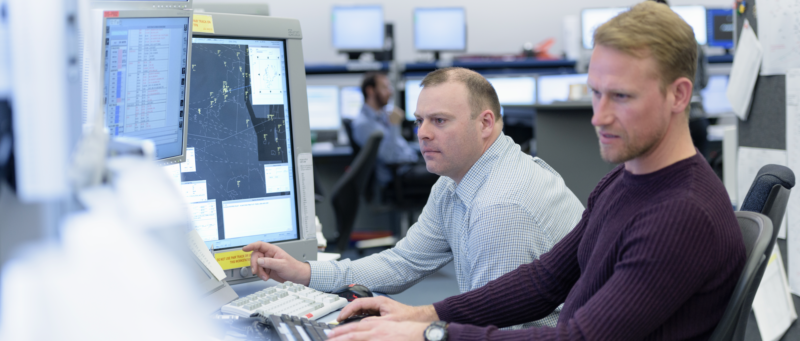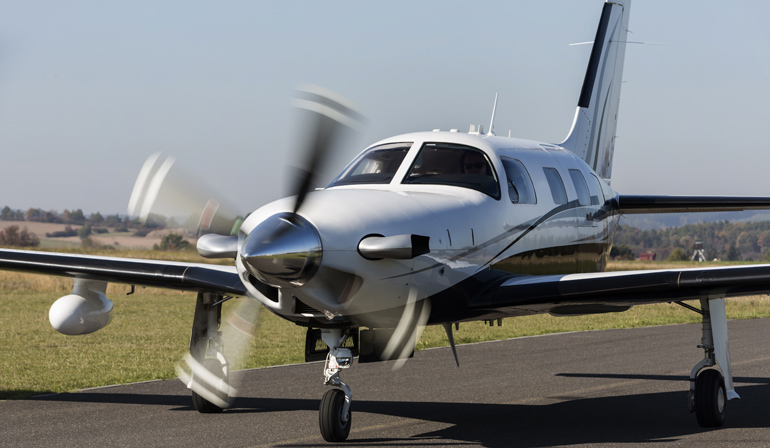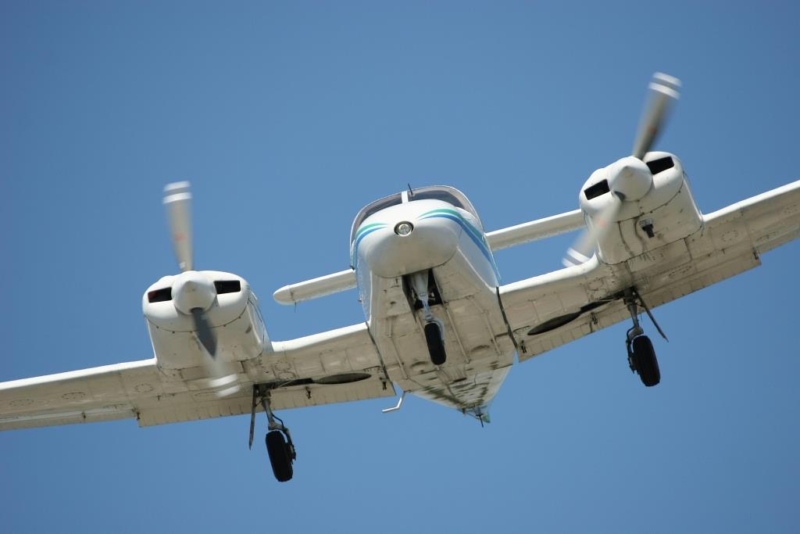Infringements
The end of lockdown and the arrival of blue skies has permitted many general aviation (GA) pilots to get airborne for a flight. There may be some who thought that a one-hour flight was all they needed to refresh their skills, while others have realised that a bit more familiarisation wouldn’t go amiss. Over the next few weeks, we’ll be looking at the various aspects of infringements, and highlighting specific areas of concern, as well as including some of the methods that can be used to minimise and/or remove the risk. We are all in this together.
Another heatwave is on the way and with rising temperatures and clear skies comes an increase in General Aviation traffic. Every summer, we see many light aircraft taking to the skies and enjoying for the most part, an uneventful flight in UK airspace. However, this does coincide with an increase in the number of infringements of controlled airspace and this has not been helped by the changing operating hours of some areas during the Covid-19 pandemic, as airports and airlines try to match operating hours and flying schedules with changing levels of demand.
Mark Davenport, an air traffic controller looking after airspace around Gatwick, talks about his experience with airspace infringements for this week’s Infringement Series story…
Airspace Infringement Series: A controller’s story…
22 March 2019Amanda Rhodes, NATS air traffic controller at Swanwick Centre looking after airspace around Luton Airport, talks about her experience with airspace infringements for this week’s Infringement Series story…
Over the past few weeks we have highlighted the issues associated with airspace infringements including the significant impact they can have on controller workload, the necessary avoiding action, delays and cost that can result to other pilots following an incident.
Listening Squawk, Monitor Code or Frequency Monitor Code? Here’s the lowdown on how and when to use them…
7 July 2017Frequency Monitor Codes (FMCs) have now been in use in the UK for over 10 years and they’ve collected a range of names during that time such as Listening Squawks and Monitor Codes but they are all actually referring to the same thing.
Pilots are encouraged to use a FMC when they are flying outside controlled airspace, but close to controlled airspace boundaries, in order to increase situational awareness and help to combat infringements.
What is a Lower Airspace Radar Service?
16 June 2017As the flying season is now well underway, we thought we’d provide a deeper look over the coming weeks, at some of the services that are available to pilots. Today we’re starting with the Lower Airspace Radar Service (LARS).





